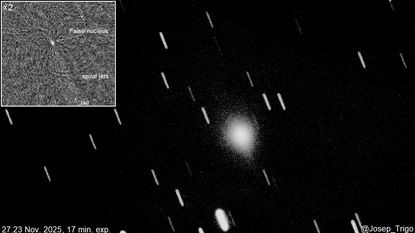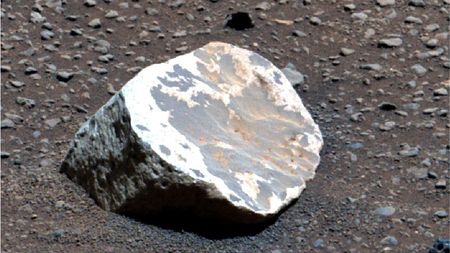Space news, features and articles
Space is a seemingly infinite world of wonder and discovery, filled with mysterious black holes, stunning solar flares, elusive exoplanets and countless cosmic oddities. Our team of expert science writers and editors are ready to hold a lens like that of the James Webb Space Telescope beyond Earth, keeping those on this planet up to date with the latest space news, articles and features.
Discover more about space
—Space photo of the week: Extraordinary images of our sublime universe
—Solar system quiz: How well do you know our cosmic neighborhood?
—Check out some jaw-dropping James Webb Space Telescope images
Latest about Space
-
-
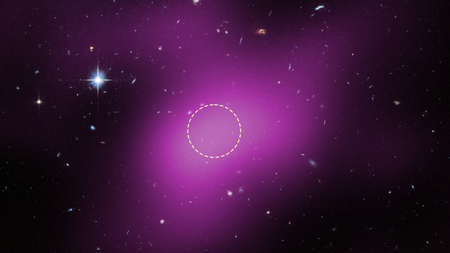
Hubble telescope discovers 'Cloud-9,' a dark and rare 'failed galaxy' that's unlike anything seen before
By Ivan Farkas Published
-
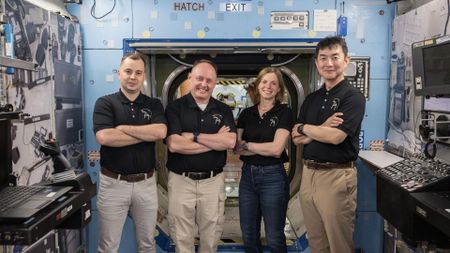
NASA cancels spacewalk and considers early crew return from ISS due to medical issues
By Sascha Pare Published
-
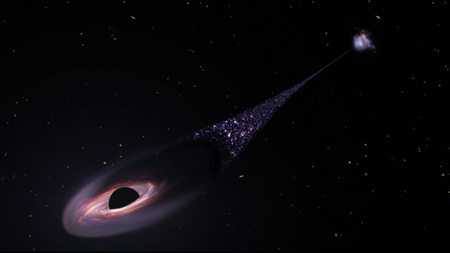
James Webb telescope confirms a supermassive black hole running away from its host galaxy at 2 million mph, researchers say
By Elizabeth Howell Published
-
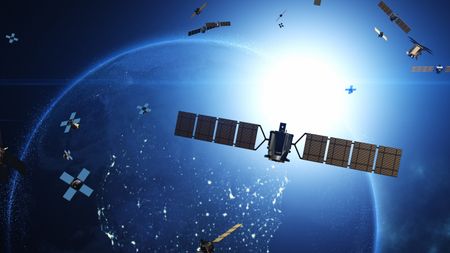
Orbiting satellites could start crashing into one another in less than 3 days, theoretical new 'CRASH Clock' reveals
By Harry Baker Published
-
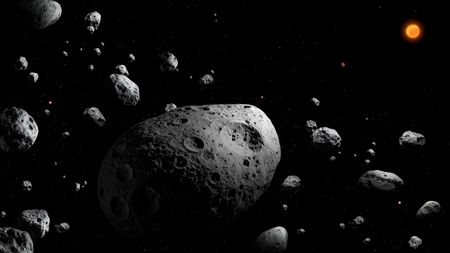
Vera C. Rubin Observatory discovers enormous, record-breaking asteroid in first 7 nights of observations
By Elizabeth Howell Published
-
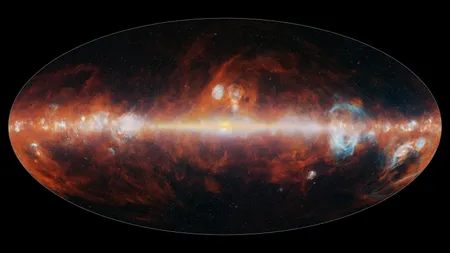
NASA telescope combines 100 maps of the universe into one, promising huge discoveries
By Sharmila Kuthunur Published
-

Best solar eclipse glasses to stay safe when viewing the solar eclipse in 2026
By Kim Snaith Last updated
-
Explore Space
Astronomy
-
-

Hubble telescope discovers 'Cloud-9,' a dark and rare 'failed galaxy' that's unlike anything seen before
By Ivan Farkas Published
-

James Webb telescope confirms a supermassive black hole running away from its host galaxy at 2 million mph, researchers say
By Elizabeth Howell Published
-

Vera C. Rubin Observatory discovers enormous, record-breaking asteroid in first 7 nights of observations
By Elizabeth Howell Published
-

NASA telescope combines 100 maps of the universe into one, promising huge discoveries
By Sharmila Kuthunur Published
-
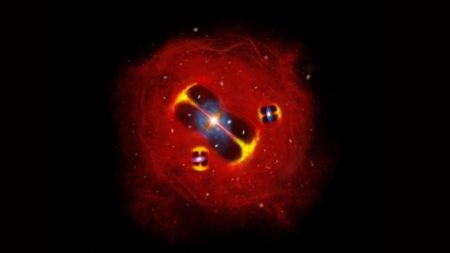
'How can all of this be happening?': Scientists spot massive group of ancient galaxies so hot they shouldn't exist
By Skyler Ware Published
-
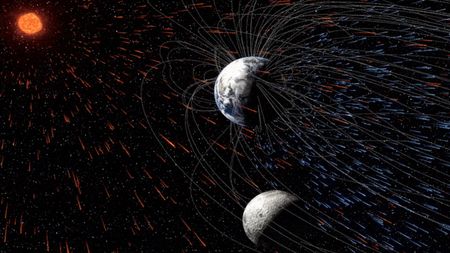
The moon has been secretly feasting on Earth's atmosphere for billions of years
By Harry Baker Published
-
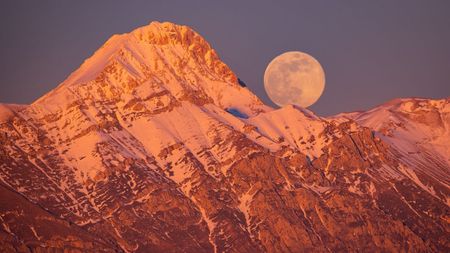
'Wolf Supermoon' gallery: See the first full moon of 2026 in pictures from across the world
By Sascha Pare Published
-
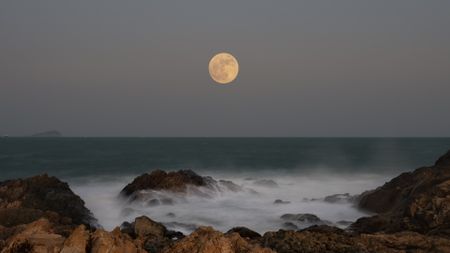
Full moons of 2026: When to see all 13 moons rise next year
By Jamie Carter Published
-
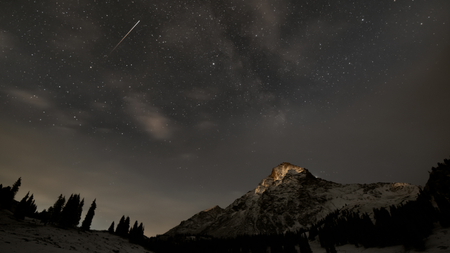
Quadrantid meteor shower peaks this week: How to see the first 'shooting' stars of the year
By Jamie Carter Published
-
Extraterrestrial Life
-
-

Advanced alien civilizations could be communicating 'like fireflies' in plain sight, researchers suggest
By Harry Baker Published
-
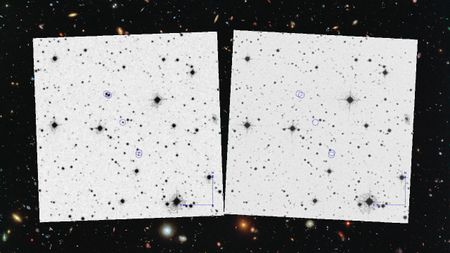
Scientists are debating a 70-year-old UFO mystery as new images come to light
By Sharmila Kuthunur Published
-
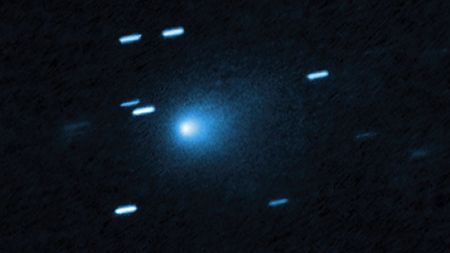
Is it aliens? Here's why that's the least important question about 3I/ATLAS.
By Laura Nicole Driessen Published
-
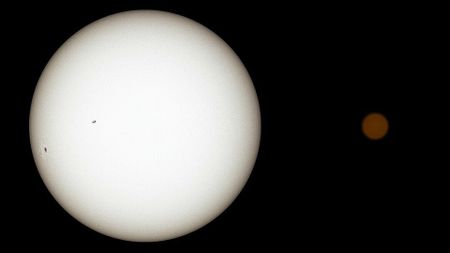
Chinese scientists hunt for alien radio signals in 'potentially habitable' TRAPPIST-1 system
By Mark Thompson Published
-
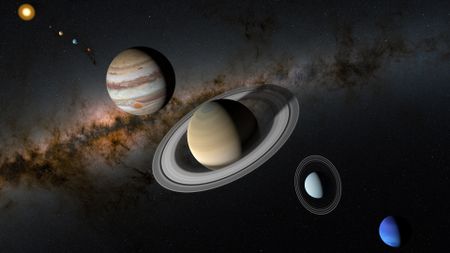
Where could alien life exist in our solar system?
By Damien Pine Published
-

Camera trap in Chile detects strange lights blazing through the wilderness. Researchers are scrambling to explain them.
By María de los Ángeles Orfila Published
-
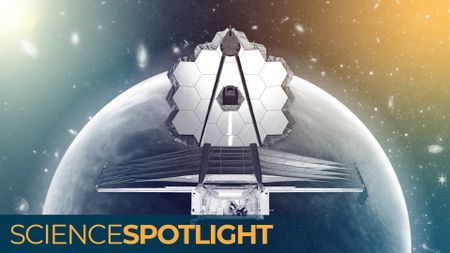
Will the James Webb telescope finally lead us to alien life?
By Brandon Specktor Published
-

Cosmic rays could help support alien life on worlds outside the 'Goldilocks zone'
By Joanna Thompson Published
-
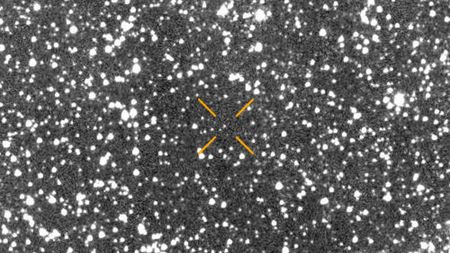
Controversial paper questions whether interstellar visitor 3I/ATLAS is 'possibly hostile' alien tech in disguise
By Harry Baker Published
-
Space Exploration
-
-

NASA cancels spacewalk and considers early crew return from ISS due to medical issues
By Sascha Pare Published
-

Orbiting satellites could start crashing into one another in less than 3 days, theoretical new 'CRASH Clock' reveals
By Harry Baker Published
-
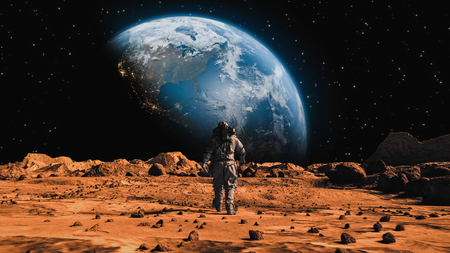
Should humans colonize other planets?
By Elise Poore Published
-
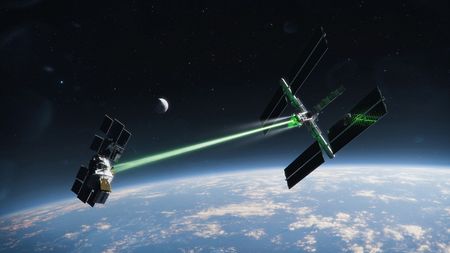
Tractor beams inspired by sci-fi are real, and could solve the looming space junk problem
By Harry Baker Published
-
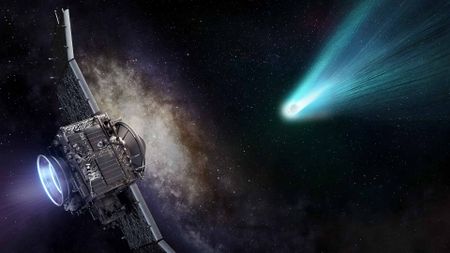
Interstellar comet 3I/ATLAS is rapidly moving away from us. Can we 'intercept' it before it leaves us forever?
By Harry Baker Published
-

'Necessary for the future of humankind': Who was honored at the first-ever Global Space Awards?
By Harry Baker Published
-
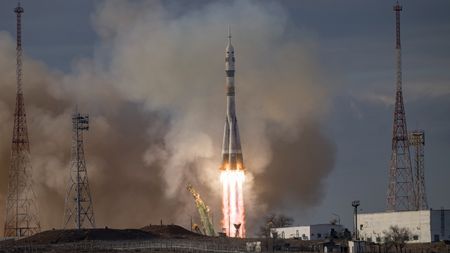
Russia accidentally destroys its only working launch pad as astronauts lift off to ISS
By Harry Baker Published
-

Marooned no more! Stranded Chinese astronauts finally have a way home following launch of unmanned 'lifeboat'
By Harry Baker Published
-
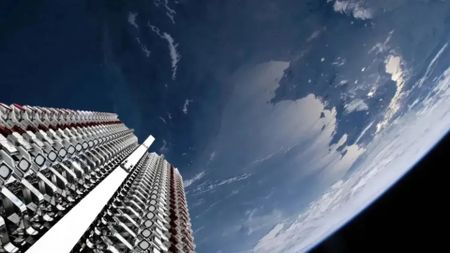
Secretive SpaceX satellites operated by US government are shooting disruptive radio signals into space, astronomer accidentally discovers
By Harry Baker Published
-
More about Space
-
-

Best solar eclipse glasses to stay safe when viewing the solar eclipse in 2026
By Kim Snaith Last updated
-

'How can all of this be happening?': Scientists spot massive group of ancient galaxies so hot they shouldn't exist
By Skyler Ware Published
-

Advanced alien civilizations could be communicating 'like fireflies' in plain sight, researchers suggest
By Harry Baker Published
-
 Live Science Plus
Live Science Plus





